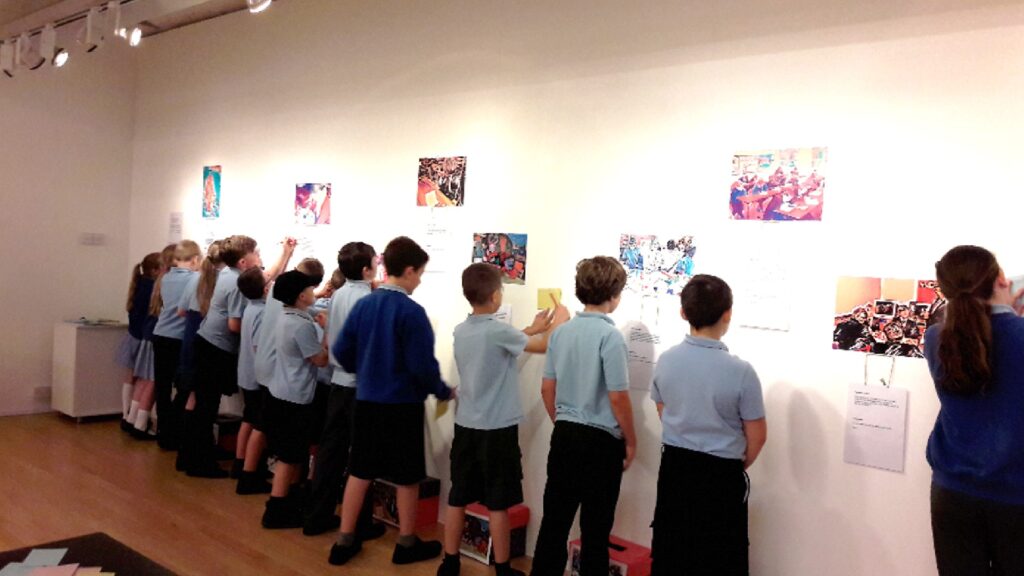VOICES_Ed: Inclusion
The VOICES_Ed project utilizes a photo-elicitation methodology to explore meanings, perspectives and understandings of inclusion, and exclusion, in school settings. The project began with the creation of photographs and accompanying comments, key words and vignettes or scenarios that prompted exploration of how schools and other education settings engage with children and young people’s ‘voices’, concerns and priorities.

So far, the team have held an exhibition at TATE Liverpool and offered CPD to local authorities, schools and other settings. This has particular resonance at the moment when so many of us are facing challenges brought to the surface by the spread of coronavirus. We are aware that many children and young people may be upset, anxious or fearful, and may be struggling to find channels to express their feelings or have opportunities to share these feelings with the adults in their lives.


To read more about this research
WOOLHOUSE, C., HASTINGS C. and HALLETT, F., 2021. Perspectives on inclusion: Close encounters of the creative kind. International Journal of Art and Design Education. 40 (2) P. 420-435.
DUNNE, L., HALLETT, F., KAY, V. and WOOLHOUSE, C., 2018. Spaces of inclusion: investigating place, positioning and perspective in educational settings through photo-elicitation International Journal of Inclusive Education. 22(1). pp.21-37
WOOLHOUSE, C., 2017. Conducting photo- methodologies: framing ethical concerns relating to representation, voice and data analysis when exploring educational inclusion with children. International Journal of Research & Method in Education.
DUNNE, L., HALLETT, F., KAY, V. and WOOLHOUSE, C., 2017. Visualising Inclusion: Employing a photo-elicitation methodology to explore views of inclusive education. SAGE Research Methods Cases.
WOOLHOUSE, C., DUNNE, L., HALLETT, F., and KAY, V., 2017. Perceptions of inclusion. Inclusion Now. Alliance for Inclusive Education (ALLFIE). (46):9-11.
WOOLHOUSE, C., 2019. What does inclusion mean to you? Times Education Supplement (TES). pp. 30-32.
You can follow the project on Twitter @VOICES_Ed